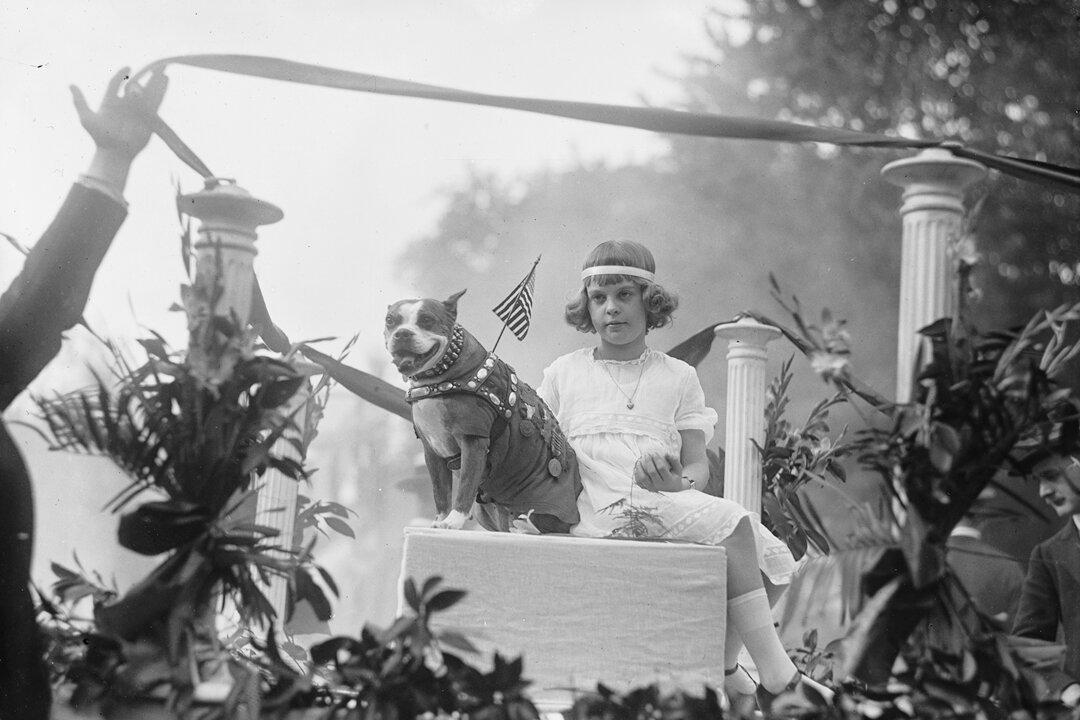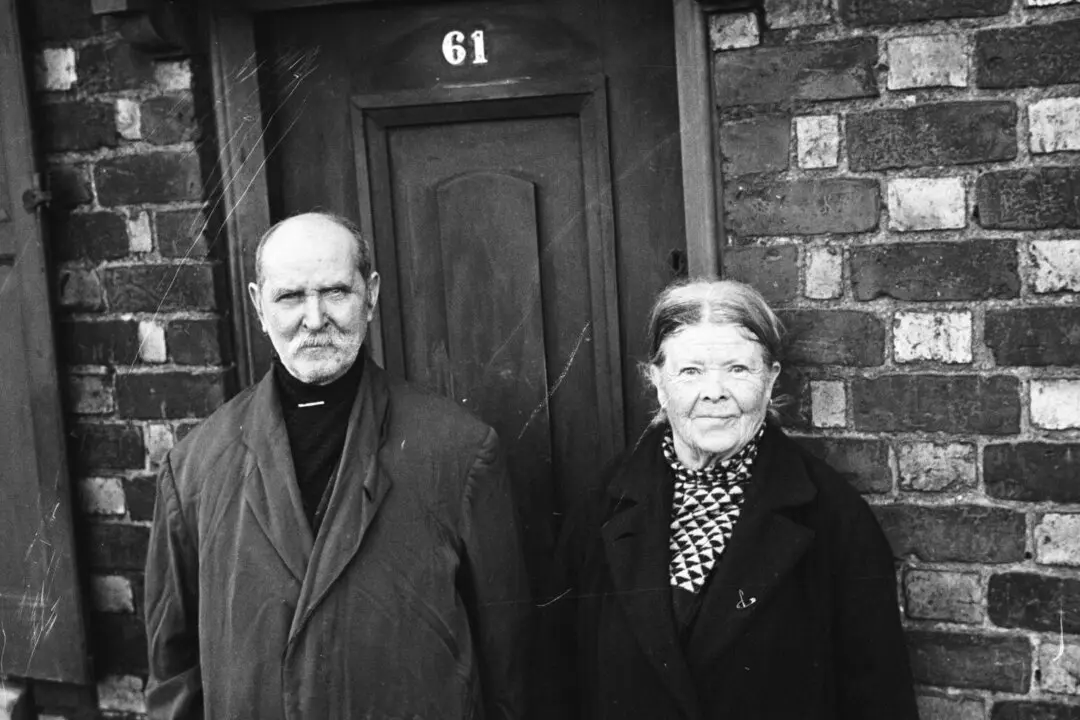Sgt. Stubby might not have looked very ferocious, but that didn’t stop this canine warrior from playing an outsized role in the conflicts that battered and surged in the trenches of World War I. A small, rather snub-nosed dog, with a coat the color of dirty dishwater, Stubby looked much like the multitude of stray dogs that creep in and out of city alleys. But he was not like those other dogs.
In 1917, the United States had just entered the war that had been blazing in Europe for three years already. The United States was gathering and training troops from around the country for deployment to France. The U.S. military didn’t boast the firepower, training, and budget we see today; it was not yet the feared and respected behemoth of the 21st century. At the time of America’s entrance into the war, it possessed about 127,500 men in its standing army. The troops were equipped with few machine guns, few planes, few trucks, no tanks, and no heavy artillery. So large numbers of men needed to be trained and steeled for battle and America threw its industrial might behind the war to produce weaponry.






